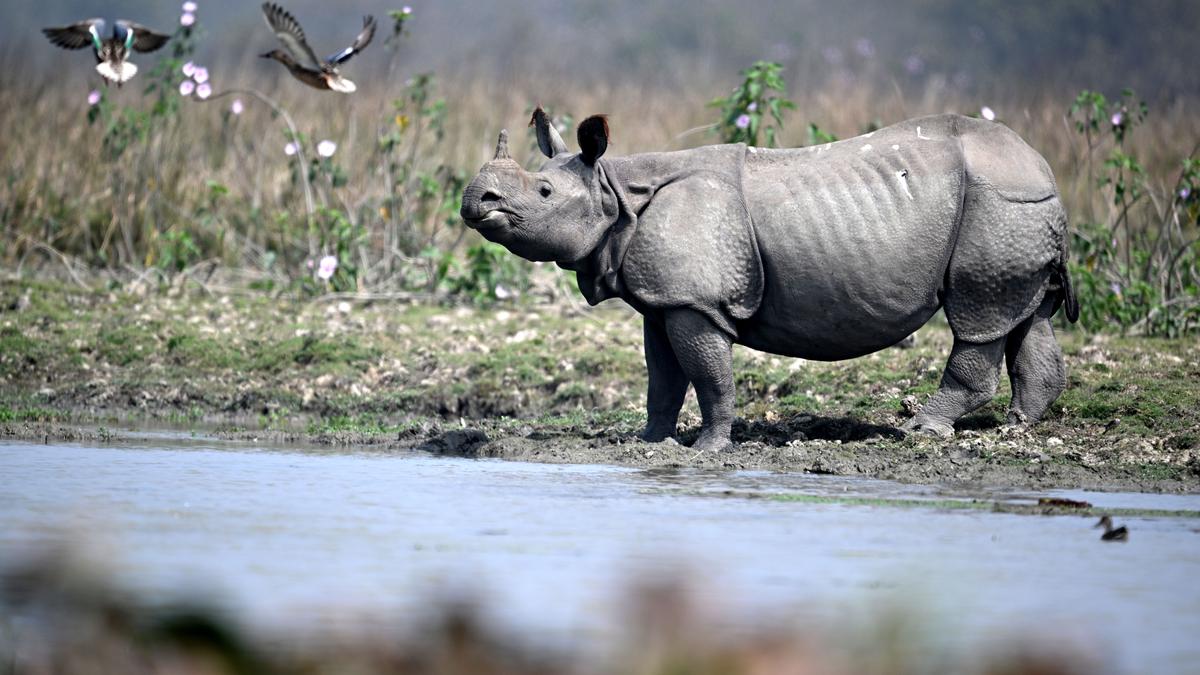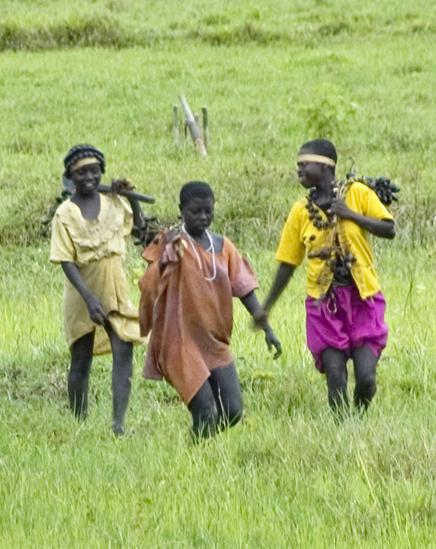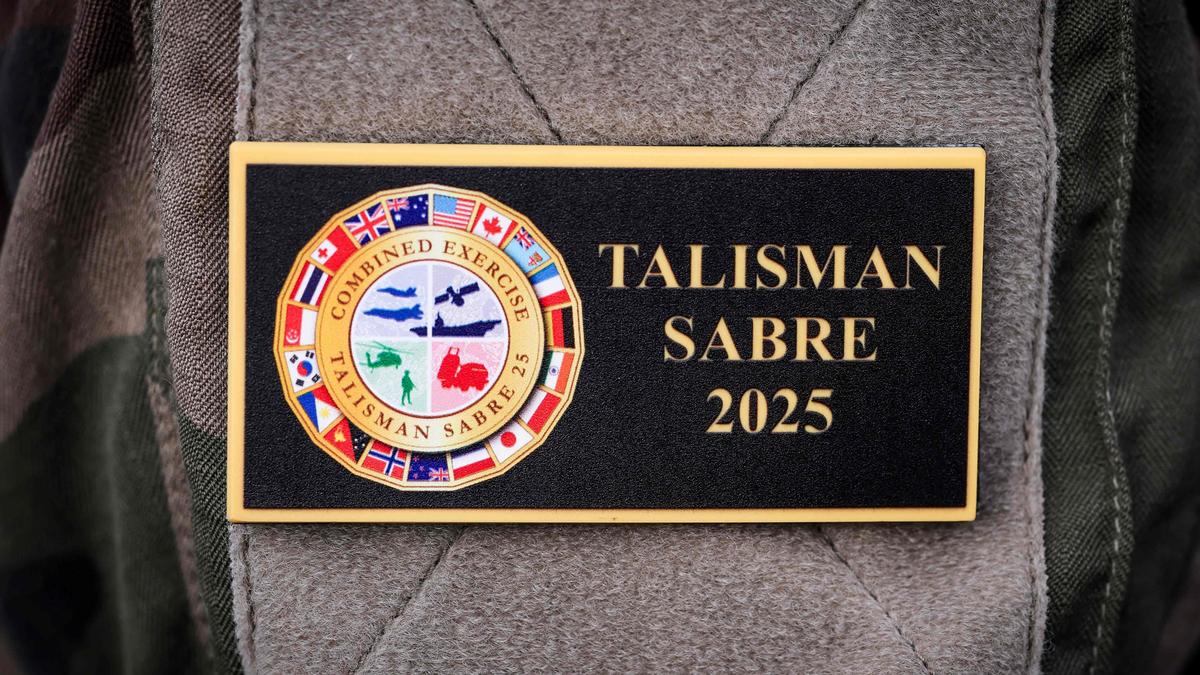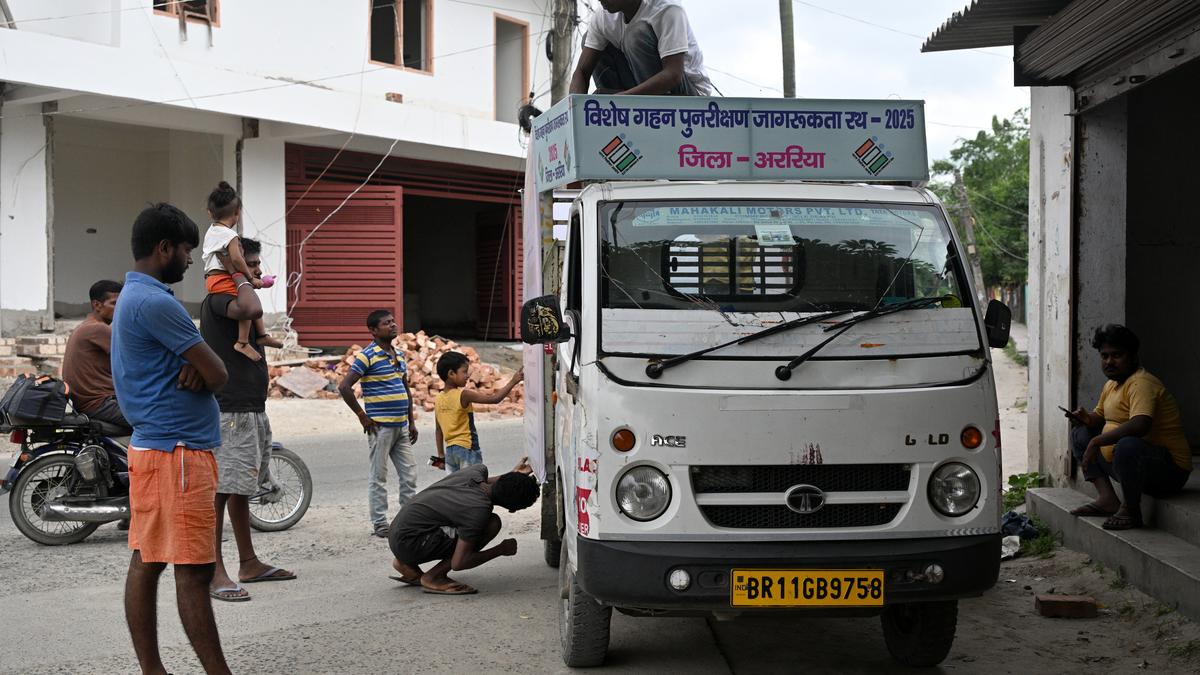RhoDIS India

- 16 Jul 2025
In News:
A specialised team has begun the genetic analysis of 2,573 rhino horn samples in India, with the goal of enhancing rhino conservation and curbing wildlife crimes. This is part of the RhoDIS India (Rhino DNA Index System) initiative.
About RhoDIS India Programme:
- Launched in 2016 by the Ministry of Environment, Forest and Climate Change (MoEFCC) in collaboration with:
- Wildlife Institute of India (WII), Dehradun
- State forest departments of Assam, West Bengal, and Uttar Pradesh
- WWF India
- Objective:
To create a DNA database of individual rhinos for:- Aiding wildlife crime investigations
- Supporting scientific management of the rhino population
- Implementation:
The genetic lab at WII Dehradun handles DNA profiling using a standardised protocol approved by the MoEFCC. It involves short tandem repeat (STR) allele analysis for generating unique genetic signatures for each rhino.
Recent Developments in Assam:
- In September 2021, the Assam Forest Department verified and destroyed 2,479 rhino horns stored in state treasuries, excluding horns under court cases or of special scientific interest.
- Prior to destruction, tiny samples from 2,573 horns were preserved for DNA and chemical analysis. These samples have now been repackaged and transported to WII for genetic sequencing.
- This analysis will help track temporal genetic changes and improve understanding of the rhino population’s genetic health across Assam.
- The entire repackaging process was recorded and monitored by independent experts to ensure transparency.
Significance of RhoDIS:
- Provides individual identification of rhinos from horn samples, helping track poaching incidents and illegal wildlife trade.
- Strengthens forensic evidence in courts related to wildlife crime.
- Assists in population management through genetic diversity assessments.
What is a Rhino Horn?
- Composed of keratin, the same protein found in human nails and horse hooves.
- Contains sulphur-rich amino acids like cysteine, and minerals such as calcium carbonate and phosphate.
- Greater one-horned rhinos (found in India) have a single horn, unlike African species with two.
Jarawa Tribe

- 16 Jul 2025
In News:
The 16th Census of India, scheduled for 2026–27, will include a special effort to enumerate the six main indigenous tribes of the Andaman and Nicobar Islands, including the Jarawa, one of the world’s oldest surviving tribal groups.
About the Jarawa Tribe:
- Status: Recognized as a Particularly Vulnerable Tribal Group (PVTG).
- Location: Reside in Middle and South Andaman Islands, primarily in dense tropical forests and coastal zones.
- Lifestyle:
- Nomadic hunter-gatherers living in small groups of 40–50.
- Depend on forest produce, marine fishing, and traditional medicine.
- Exhibit robust health, with low incidence of lifestyle diseases.
- Cultural Characteristics:
- Minimal attire suited to the climate.
- Known for strong territorial identity and historical resistance to outsiders.
- Maintain a natural diet and traditional healing practices.
Population Trends:
- 1998 Estimate: ~260 individuals (based on limited contact).
- 2011 Census: 380 individuals (out of 28,530 STs in A&N Islands).
- 2025 Official Estimate: 647 individuals.
- Increase attributed to improved healthcare, trust-building, and non-intrusive welfare policies.
Government Interventions & Welfare Initiatives:
- Healthcare: Preventive medical support (measles, hepatitis, malaria) provided without interfering in traditional practices.
- Welfare Access: Increased interaction since 1998 has enabled better outreach, aiding accurate population tracking.
- PM-JANMAN Scheme: Under the Pradhan Mantri Janjati Adivasi Nyaya Maha Abhiyan, 191 PVTG individuals have been identified in the islands for targeted welfare.
Challenges & Ethical Considerations:
- Andaman Trunk Road (ATR): Provides physical access but raises concerns of cultural intrusion.
- Expert Opinion: Minimum intervention is essential for preserving the Jarawa way of life. Trust and respect for autonomy remain key.
16th Census of India: Timeline & Relevance:
- Reference Dates:
- October 1, 2026: Snow-bound areas (e.g., Ladakh, A&N Islands).
- March 1, 2027: Rest of India.
- Special Feature: Will include caste enumeration, the first since 1931.
- Jarawa Inclusion: Officials expect smooth access to PVTGs like the Jarawas due to longstanding trust and contact.
Exercise Talisman Sabre 2025

- 16 Jul 2025
In News:
India is participating in Exercise Talisman Sabre 2025, a major multinational military exercise led by Australia and the United States, now in its 11th edition. The exercise commenced on July 13, 2025, and includes over 35,000 military personnel from 19 nations.
About Exercise Talisman Sabre:
- Origin & Nature:
- A biennial bilateral military exercise between Australia and the United States since 2005.
- Designed to promote a free and open Indo-Pacific and strengthen interoperability and strategic partnerships among allies.
- Multinational Participation (2025):
- Participants: Australia, United States, India, Canada, Fiji, France, Germany, Indonesia, Japan, Netherlands, New Zealand, Norway, Papua New Guinea, Philippines, Republic of Korea, Singapore, Thailand, Tonga, United Kingdom.
- Observers: Malaysia and Vietnam.
- Geographical Scope: Exercises are being conducted across Queensland, Northern Territory, Western Australia, New South Wales, Christmas Island, and for the first time, in Papua New Guinea (outside Australian territory).
Significance for India and the Indo-Pacific:
- Strengthens India's defence diplomacy and military interoperability with Indo-Pacific allies.
- Reinforces commitment to collective security and rules-based international order.
- Enhances India's operational exposure in multidomain warfighting scenarios alongside major powers.
Who is an ‘Ordinarily Resident’?

- 16 Jul 2025
In News:
The Election Commission of India (ECI) has initiated a Special Intensive Revision (SIR) of electoral rolls in Bihar, sparking debate over the eligibility of migrant workers and the interpretation of ‘ordinarily resident’ under electoral law.
Legal Basis of ‘Ordinarily Resident’
- Representation of the People Act, 1950:
- Section 19: Only persons ordinarily resident in a constituency are eligible for enrolment in its electoral roll.
- Section 20: Defines ‘ordinarily resident’ and clarifies that:
- Ownership or possession of a house alone does not qualify one as ordinarily resident.
- A person temporarily absent from their usual place of residence (due to work, travel, etc.) continues to be ordinarily resident there.
- Certain categories are deemed to be ordinarily resident in their home constituency even if posted elsewhere:
- Members of armed forces,
- State police serving outside their State,
- Central government employees posted abroad,
- Persons holding constitutional offices declared by the President in consultation with the ECI,
- Their spouses are also covered.
- Section 20A (added in 2010):
- Allows Non-Resident Indians (NRIs) to register and vote from the address mentioned in their passport, even if they reside abroad long-term.
Rules Governing Electoral Rolls
- The Registration of Electors Rules, 1960 (RER):
- Notified by the Central Government in consultation with the ECI.
- Govern the preparation, revision, and correction of electoral rolls.
- Electoral Registration Officers apply and verify the concept of ‘ordinarily resident’ during the enrolment process.
Judicial Interpretation
- Gauhati High Court (Manmohan Singh Case, 1999):
- Defined ‘ordinarily resident’ as one who is habitually and permanently living in a place.
- The person must intend to reside there, and society must reasonably accept them as a resident.
3I/Atlas: Third Interstellar Object Discovered
- 16 Jul 2025
In News:
Scientists have confirmed the discovery of 3I/Atlas, the third-known interstellar object, which could be over 7 billion years old — predating the Solar System by nearly 3 billion years. It was detected on July 1, 2025, by the Asteroid Terrestrial-impact Last Alert System (ATLAS) telescope in Río Hurtado, Chile.
Key Features:
- Interstellar Origin: 3I/Atlas is not gravitationally bound to the Sun and follows a hyperbolic trajectory, indicating it entered the Solar System from interstellar space.
- High Speed: It is traveling at approximately 60 km/s — too fast to be retained by the Sun’s gravity at a distance of 670 million km from the Sun.
- Current Location: The object is now roughly 917 million km from Earth, close to the orbit of Jupiter.
- Age Estimation: Estimated to be around 7 billion years old, making it potentially the oldest comet ever observed.
Understanding Interstellar Objects
- Definition: Interstellar objects are celestial bodies that originate outside the Solar System and pass through it without being gravitationally bound to the Sun.
- Known Interstellar Objects:
- 1I/?Oumuamua (2017)
- 2I/Borisov (2019)
- 3I/Atlas (2025)
How do scientists confirm Interstellar Origin?
- Trajectory Analysis: Objects within the Solar System follow closed elliptical orbits. Interstellar objects exhibit open hyperbolic orbits — they have a perihelion (closest point to the Sun) but no aphelion (no return).
- Velocity Measurement: A high velocity at a great distance from the Sun, such as with 3I/Atlas, suggests that the object was not accelerated within our Solar System and must have originated externally.
- Example: At 670 million km from the Sun, 3I/Atlas’s speed of 60 km/s indicates a hyperbolic escape path, unaffected significantly by the Sun’s gravitational pull.
Why is it Significant?
- Clues to Alien Planetary Systems: The chemical composition of interstellar objects offers insights into the formation conditions of other star systems.
- Rare Opportunity: These objects provide a direct sample of exoplanetary material, potentially long before space missions can reach other star systems.
- Scientific Value: If rich in ices, as expected in long-distance comets, it implies ejection from a cold, outer region of a distant planetary system—likely influenced by large planets like Jupiter or Neptune analogues.
